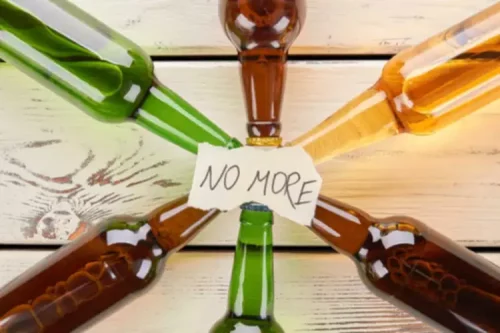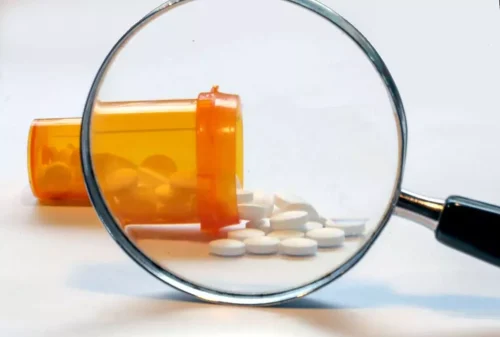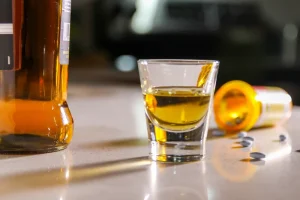
You can also try one of HelpGuide’s guided audio meditations to help you stay calm and focused as you make this challenging journey. While you can’t do the hard work of overcoming addiction for your loved one, your patience, love, and support can play a crucial part in their long-term recovery. It’s much easier to avoid drinking if you don’t keep temptations around. For 3 to 4 weeks, write down every time you have a drink and how much you drink. Reviewing the results, you may be surprised at your weekly drinking habits. Write your drinking goal down and keep it where you will frequently see it, such as on your phone or taped to your refrigerator.
- But friends and family may feel unsure about how best to provide the support needed.
- Even after recovery, your person will be in situations they can’t predict.
- Other series, like Dopesick, highlight the fact that many people contribute to the cycle of addiction by profiting off of people who are sick.
- There are series that are based on true stories and others that create characters facing true-to-life struggles.
- The moment it seems like you no longer care about a loved one’s recovery, they will pick up on it.
Seek emergency medical help if you experience any of the following withdrawal symptoms:
People in early recovery typically need emotional and material support. This support is helpful and healthy, but it’s important to let them know you struggling with alcohol addiction will only be supporting their recovery efforts – nothing else. Focus on supporting your loved one’s healthy, future goals, such as continuing education or finding a job. Support groups like Al-Anon and Alateen support friends and family of those with drinking issues.
Featured Programs
Chronic and rapid tolerance contribute to early-stage alcoholism through different mechanisms. Chronic tolerance develops gradually with repeated alcohol exposure, leading to reduced motor impairment and sedation despite high alcohol levels. Alcohol addiction develops at varying rates depending on factors like genetics and frequency of use. The Diagnostic and Statistical Manual of Mental Disorders (DSM-5) classifies Alcohol Use Disorder (AUD) into mild, moderate, and severe categories based on symptoms and alcoholism treatment their intensity. Have the conversation in a place where you know you’ll have quiet and privacy. You’ll also want to avoid any interruptions so that you both have each other’s full attention.

Consider these warning signs about your drinking habits:
It’s important that each person get involved in a recovery program that will support long-term sobriety. This could mean an emphasis on therapy for someone who is depressed, or inpatient treatment for someone with severe withdrawal symptoms. Primary care and mental health providers can provide effective AUD treatment by combining new medications with brief counseling visits. Caring for a person who has problems with alcohol can be very stressful.
Alcoholic Life Expectancy: Using Calculators and Examining Overall Impact of Alcohol Abuse

Studies show that strong family support through family therapy increases the chances of maintaining abstinence (not drinking) compared with people going to individual counseling. What makes Mom the most best series about addiction is that it offers a realistic look at the recovery process. The series is a funny and life-affirming story not only about a mother and daughter but also about a group of women who support each other in sobriety. Mom ultimately highlights how important community is for anyone attempting to maintain sobriety.
- Recovery is not an easy path, but there are powerful words and quotes that can serve as a reminder that you are not alone, that success is possible, and that every setback can be an opportunity for growth.
- Initially, while their substance use disorders are quite severe, they both choose to get sober and engage in the recovery process.
- Setting clear goals is concerned with pinpointing specific, measurable, and achievable objectives, such as cutting back alcohol intake measurably or maintaining complete sobriety for a set period.










